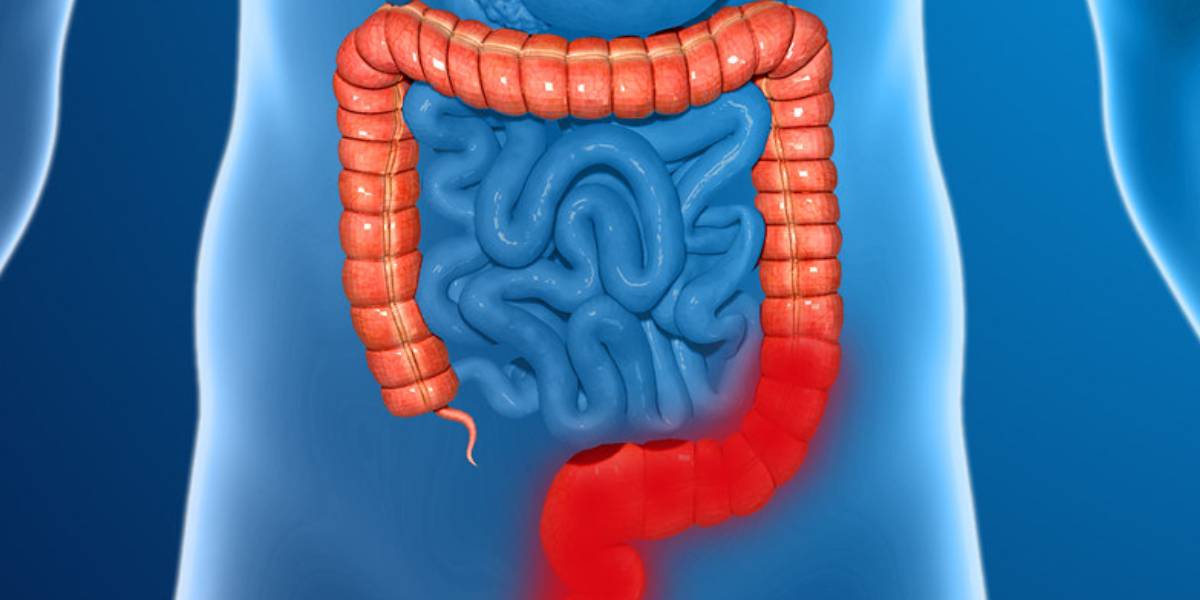Inflammatory Bowel Disease (IBD) is a chronic inflammatory conditions that affect the digestive tract.
Published Dec 26, 2023 | 8:00 AM ⚊ Updated Dec 26, 2023 | 8:00 AM

Around 5.4 percent of people in Telangana suffer from this disease. (Creative Commons)
Persistent diarrhoea, abdominal pain, rectal bleeding/bloody stools, weight loss and fatigue: At least 5.4 percent of Telangana’s population has some, or all of these symptoms.
More people could be exhibiting these symptoms, oblivious to the fact that they have been suffering from Inflammatory Bowel Disease (IBD), a chronic inflammatory condition affecting the digestive tract.
As part of a recent study by the AIG Hospital in Hyderabad published in The Lancet, experts examined 32,021 people between March 2020 and May 2022, performing colonoscopies in around 30,835 patients in urban as well as rural Telangana to understand the prevalence of this disease.
There are two main types of IBD:
1. Crohn’s Disease: This condition can affect any part of the digestive tract, from the mouth to the anus, although it most commonly affects the end of the small intestine (ileum) and the beginning of the colon.
It involves inflammation that extends through the entire thickness of the bowel wall, resulting in a range of symptoms such as abdominal pain, diarrhoea, weight loss, fatigue, and in some cases, complications like strictures (narrowing of the intestines), fistulas, and abscesses.
The condition could make it hard for the body to do its job properly, causing stomachaches, diarrhoea, and other troubles.

2. Ulcerative Colitis: This primarily affects the colon and rectum, causing inflammation and ulcers in the innermost lining of the colon’s mucosa.
In this case, ulcers cause stomach pain, rectal bleeding, and a feeling of urgency to visit the toilet often.
Both Crohn’s disease and ulcerative colitis are chronic conditions with periods of flare-ups (when symptoms worsen) and remission (when symptoms lessen or disappear). The exact cause of IBD is not fully understood, but it is believed to involve a combination of genetic, environmental, and immune system factors.
Simply put, when someone gets a bruise and needs a bandage or an ointment to help it feel better, people with IBD might need special medicines or treatments to help calm down these upset parts in their stomach. Also, sometimes doctors might suggest different diets or ways of eating to make the stomach feel less upset.
The study was the world’s largest population-based one on IBD that examined more than 30,000 symptomatic patients. Out of the 5.4 percent diagnosed with IBD, 3.2 percent suffered from Crohn’s disease which was more common than ulcerative colitis which has affected 2.2 percent of the people.
The incidence of IBD in India has been on an exponential increase over the past couple of decades, but it was mainly considered an urban disease like in the Western countries where the disease has been on an upward trend since the 1960s.
People with longstanding IBD have an increased risk of developing colorectal cancer (CRC), compared to the general population.
“With globalisation, IBD made its entry into the developing world and today we are in a similar situation where the West was two decades ago. The most problematic thing about the incidence of IBD, especially in India, is the age group that is getting affected. It is the active, working population aged between 20– 40 years who are getting diagnosed more frequently,” Dr Rupa Banerjee, director of the IBD Center at AIG Hospitals and the principal author of the study, said in a statement.
It was also found that the rural populace was not spared.
“IBD is no longer an urban disease; rather it is slowly cementing its place in the rural household as well. From our initial survey in 2006, the incidence of IBD in rural areas was just 0.1% and now it stands at 5.1%, which is alarming,” Dr D Nageshwar Reddy, chairman of AIG Hospitals, said.
This study aimed to assess the relative proportion of IBD and other intestinal diseases in symptomatic patients undergoing colonoscopy in rural and urban India.
The researchers performed more than 30,000 colonoscopies over two years on all symptomatic patients with chronic abdominal pain (for more than three months), chronic diarrhoea (for more than four weeks), rectal bleeding, a change in bowel habit, unexplained weight loss (more than 5 percent in three months), or anaemia (less than 100 g/L).
The study also said that India appears to be in an acceleration phase, with a rapidly increasing incidence of IBD but still with a low prevalence.
“When countries such as India and China, each with a population of more than 1 billion people, experience such an increase in chronic inflammatory gut diseases, the total number of patients affected is likely to exceed those in the West over the next decade,” the study read,
“This has significant implications for healthcare policy and expenditure in the region,” it further stated.
It added that if a chronic inflammatory gut disease such as IBD was a feature of industrialisation, then living in an urban environment would likely increase the risk of developing Crohn’s disease.
It has been speculated that the migration of the rural population to cities could be responsible for the increasing incidence of IBD in Asia.
Nevertheless, access to colonoscopy would help in the early diagnosis of Crohn’s disease, IBD and all colonic diseases. The ratio of gastroenterologists to the population in India has been low, with just one gastroenterologist per 5 million population.
However, the study said it was indicative one on IBD trends in India. “This was not a true population-based survey. Hence the results are neither generalisable nor conclusive, although indicative of trends.”
“It is estimated that more than 15 lakh Indians are suffering from IBD but the true picture is not clear as we don’t have a large, population-based epidemiological study to understand the exact incidence rate,” Dr Reddy said..
